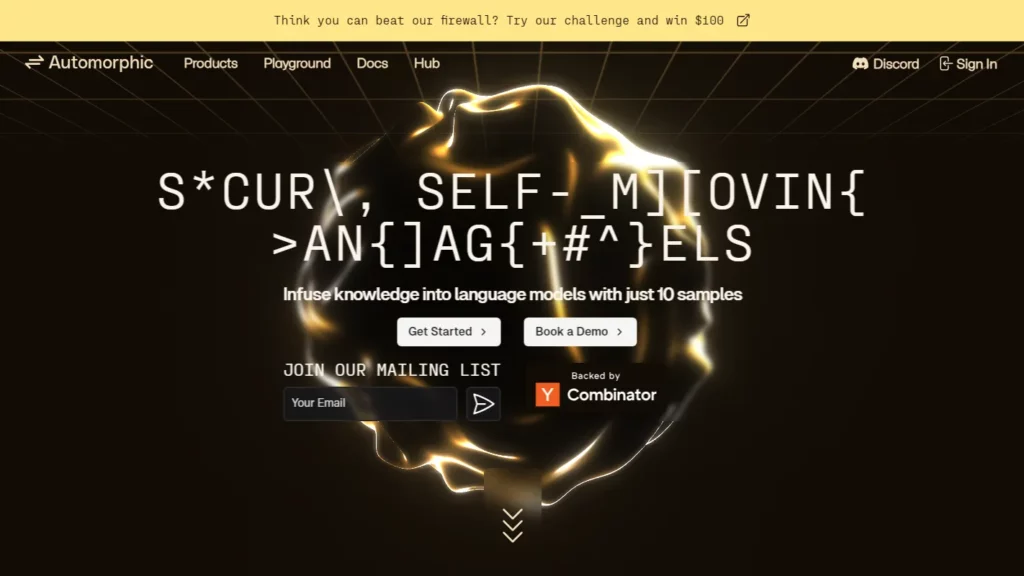Automorphic offers a solution for developers to infuse knowledge into language models through fine-tuning, which helps overcome context-window limitations. It allows users to train adapters for specific behaviors or knowledge, and provides tools for combining and commuting these adapters. Additionally, the platform simplifies the lifecycle of training, deploying, and updating large language models (LLMs) by offering features like real-life human feedback (RLHF), continuous retraining, and access to a hub where users can share and use pre-trained models for inference.
⚡Top 5 Automorphic Features:
- Efficient Fine-Tuning: Infuses knowledge into language models through fine-tuning, surpassing context-window limitations.
- Customizable Adapters: Trains adapters for specific behaviors or knowledge, allowing for tailored model development.
- Self-Improving Models: Enables continuous improvement of custom models through rapid iteration and cost-effective methods.
- Interactive Platform: Simplifies the LLM tuning, iteration, and deployment lifecycle, making it more engaging for developers.
- Collaborative Environment: Provides a hub where users can share and access publicly available models for inference purposes.
⚡Top 5 Automorphic Use Cases:
- Data Processing: Transforms raw text data into production-ready, self-improving language models.
- Model Improvement: Continuously enhances custom models using techniques like reinforcement learning from human feedback (RLHF) and periodic retunings.
- Adapter Training: Utilizes additional data to develop and combine adapters for specific tasks or domains.
- Cloud Integration: Allows users to train and run inference in their own cloud environments while maintaining ownership over model weights.
- Community Engagement: Encourages collaboration among developers by sharing and utilizing publicly available models on the Automorphic Hub.















